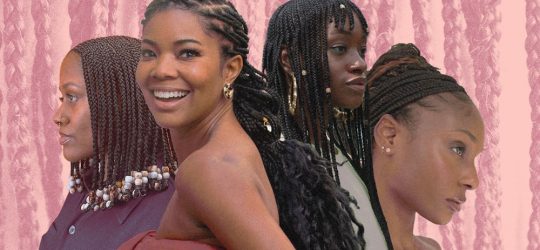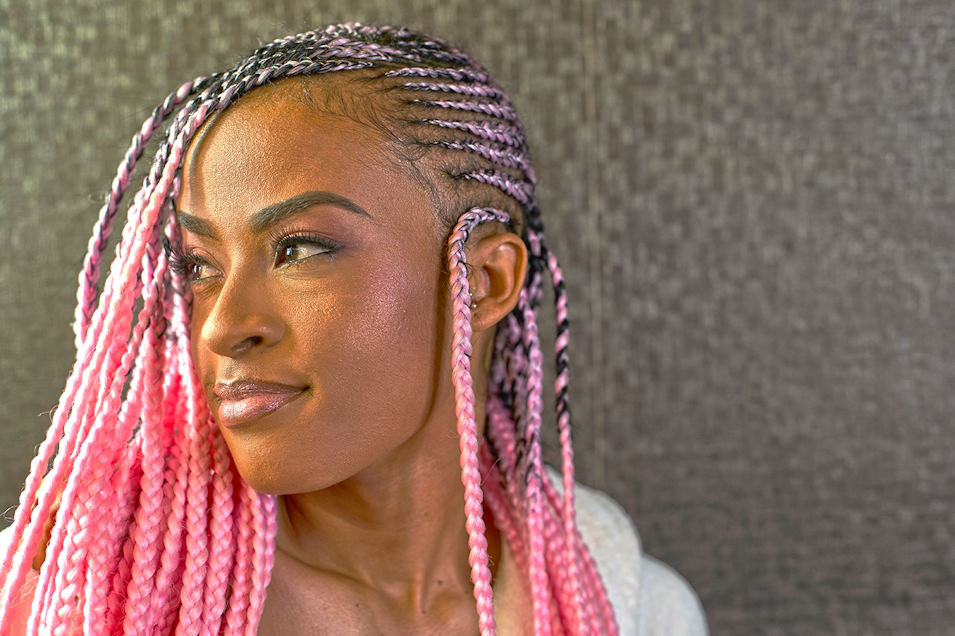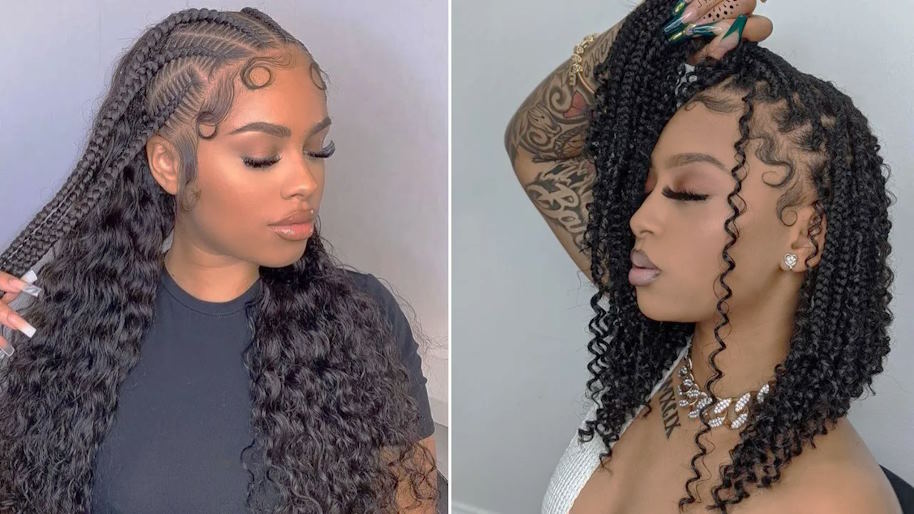From Box Braids to Crochet: Exploring Different Curly Braiding Techniques

Braiding has been an integral part of human culture for centuries, serving not only as a practical means of managing hair but also as a powerful expression of identity, creativity, and tradition. From the intricate patterns of African tribes to the classic elegance of ancient civilizations, the art of braiding has woven its way through history, evolving with each passing era. In recent times, we’ve witnessed a resurgence of interest in braiding techniques, especially those catering to the unique beauty of curly hair.
Choosing the Right Technique for Your Hair Type:
Understanding your unique hair texture is a crucial first step in selecting the perfect curly braiding technique. On this site, you’ll find a variety of hair textures, ranging from straight to coily, and each of these textures interacts uniquely with curly braids. Those with tight curls may find that certain techniques, like Afro kinky twists, complement their natural pattern, while individuals with looser curls might opt for two-strand twists for a more relaxed look. Embracing the natural characteristics of your hair texture enhances the overall outcome of your chosen braiding style.

Beyond texture, several factors play a pivotal role in determining the ideal braiding technique for your hair. Consider the health of your hair – fragile strands may benefit from protective styles like crochet braids, promoting growth and minimizing breakage. Hair length is another key consideration; longer hair offers more styling options, but shorter lengths can still accommodate various braiding techniques. Personal preferences, lifestyle, and maintenance commitments should also influence your choice – pick a style that aligns with your daily routine and complements your aesthetic preferences.
Seeking expert advice can be invaluable when navigating the vast landscape of curly braiding techniques. Consult with hairstylists who specialize in natural and textured hair, as they can provide personalized recommendations based on your hair’s unique characteristics. Experts often consider factors such as your face shape, lifestyle, and the overall health of your hair when suggesting the most suitable braiding technique. Don’t hesitate to seek guidance to ensure a seamless and satisfying braiding experience that aligns with both your hair’s needs and your personal style.

Trends in Curly Braiding:
As the world of hair fashion evolves, so do the trends in curly braiding techniques. Emerging styles often draw inspiration from a fusion of cultural influences and contemporary aesthetics. Currently, we’re witnessing a surge in innovative braiding methods that experiment with patterns, textures, and colors. From asymmetrical box braids to experimental twists and knots, the realm of curly braiding is embracing creativity and individuality in unprecedented ways.
Influencers and celebrities play a pivotal role in popularizing unique braiding styles, turning them into global sensations. Icons like Zendaya, Solange Knowles, and Lupita Nyong’o have graced red carpets and social media platforms with awe-inspiring braided looks that set new standards for elegance and originality. Their influence extends beyond the screen, inspiring individuals worldwide to experiment with diverse curly braiding techniques and make bold statements with their hair.
Social media platforms act as dynamic hubs where braiding trends take root and flourish. Instagram, Pinterest, and TikTok serve as virtual runways, showcasing the latest braiding techniques and inspiring a vast audience. Hairstylists and enthusiasts share their creations, fostering a community that contributes to the continuous evolution of braiding trends. The accessibility of tutorials and demonstrations on these platforms empowers individuals to embrace the trends, turning their homes into personal salons and fueling the global fascination with curly braiding innovations.

 Get to know Leslie Grosso, our insightful author. Drawing from her diverse experiences, she weaves compelling tales that resonate with women of all walks of life, offering wisdom, empathy, and inspiration.
Get to know Leslie Grosso, our insightful author. Drawing from her diverse experiences, she weaves compelling tales that resonate with women of all walks of life, offering wisdom, empathy, and inspiration.